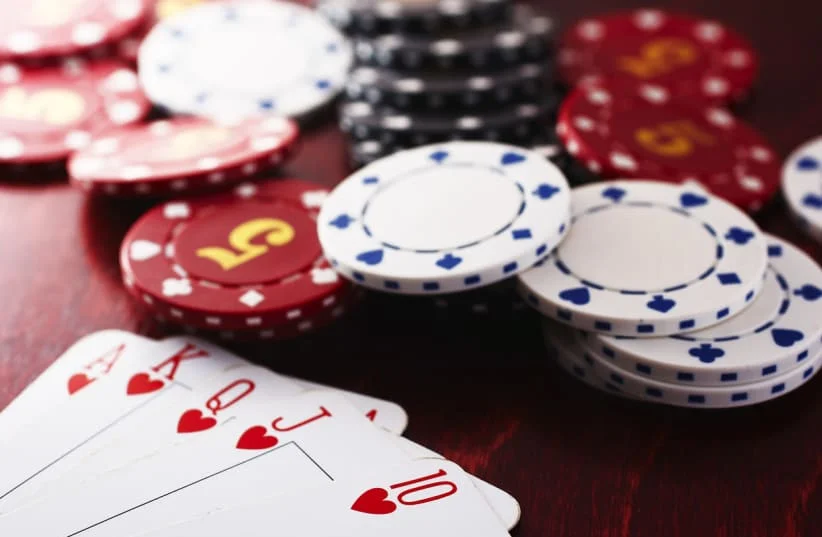Cap in Poker
In the world of poker, understanding the various terms and rules that define the structure of the game is crucial for those seeking to effectively navigate its complexities. One such term that plays an important role in shaping the dynamics of poker games, especially in a real casino setting, is the cap. A cap in poker is a predetermined limit on the number of raises allowed in a single round of betting, usually equal to three or four. This rule not only sets an upper limit on the number of raises a player can make, but also, in some cases, determines the maximum buy-in in cash games.
In general, such limits are more commonly seen in live casinos rather than online platforms, although some online poker rooms may introduce such limits to mimic a traditional casino. The introduction of a limit is most commonly seen in limit hold’em games, where structured bet sizes are a fundamental aspect of the game’s strategy. However, the specific application of limit rules can vary greatly depending on casino policy and the specific game.
The concept of cap also applies to the maximum amount a player can bet or raise during a hand, usually expressed in terms of the number of big blinds. For example, the limit can usually be between 30 and 40 big blinds. Once a player makes the maximum allowable bet according to the limit rules, he is effectively going all-in, regardless of the actual size of the bet in relation to the total chip stack. In this case, the action stops, and if the other players decide to call the all-in bet, the hands are revealed and the outcome of the hand is determined immediately, without further betting.
The Cap Rule serves several purposes in poker. Not only does it prevent over-raises, which can disproportionately increase the stakes of the game, but it also promotes more controlled and strategic betting. By limiting the number of raises in a betting round, the limit forces players to be more discerning and tactical in their betting decisions, emphasizing skill and strategy rather than the ability to simply outplay opponents with deeper pockets.

What Else Can be Called a Cap
From my initial exploration into the concept of a cap in poker, which traditionally refers to the limit on the number of raises in a betting round or the maximum buy-in for cash games, it’s intriguing to note that the term cap can also embody other aspects within the poker milieu. One such variant, moving beyond the realm of betting restrictions, relates to specific player actions or gestures at the table, which carry their own set of meanings and implications.
A notable example of this alternative use of cap in poker is what’s known as Card Capping. This term describes a movement where a player places a single chip or a small object on top of their hole cards. The gesture serves as a non-verbal communication to the dealer, signaling that the player has no intention of folding their hand in the imminent betting round. During my time in various poker rooms, I’ve observed players employing this tactic, which, at first glance, might seem like a trivial action but carries significant weight in the flow of the game.
Players might resort to card capping for several reasons, but predominantly, it’s done to make the dealer’s job easier by clearly indicating their decision to stay in the game. This clarity can be especially helpful in a bustling poker room where the dealer has multiple players to attend to and where miscommunication could lead to unintended actions being taken.
However, this seemingly benign gesture can also have strategic implications. By capping their cards, a player might inadvertently signal to their opponents that they’re confident in their hand and plan to continue in the pot. Such a display, albeit subtle, can influence the decision-making of other players at the table. For instance, an opponent who might have been considering a marginal bet or raise could decide to fold, interpreting the cap as a sign of strength.
Despite the potential advantages of making the dealer’s task more straightforward and possibly influencing the actions of opponents, I’ve personally steered clear of card capping throughout my poker journey. The rationale behind my avoidance is rooted in the belief that it’s paramount to maintain as much ambiguity in one’s actions as possible, leaving opponents guessing about your intentions and the strength of your hand. Informing others of your decision to play on, even indirectly, can sometimes do more harm than good, tipping the scales of advantage away from you.
For players new to the game or those refining their live play tactics, it’s important to recognize the implications of such gestures. While card capping is not a strategy I’d advocate employing, understanding its meaning and potential impact is essential. It ensures that you can interpret and react appropriately to the actions of others at the table, turning every nuance and gesture into an opportunity for strategic advantage.

